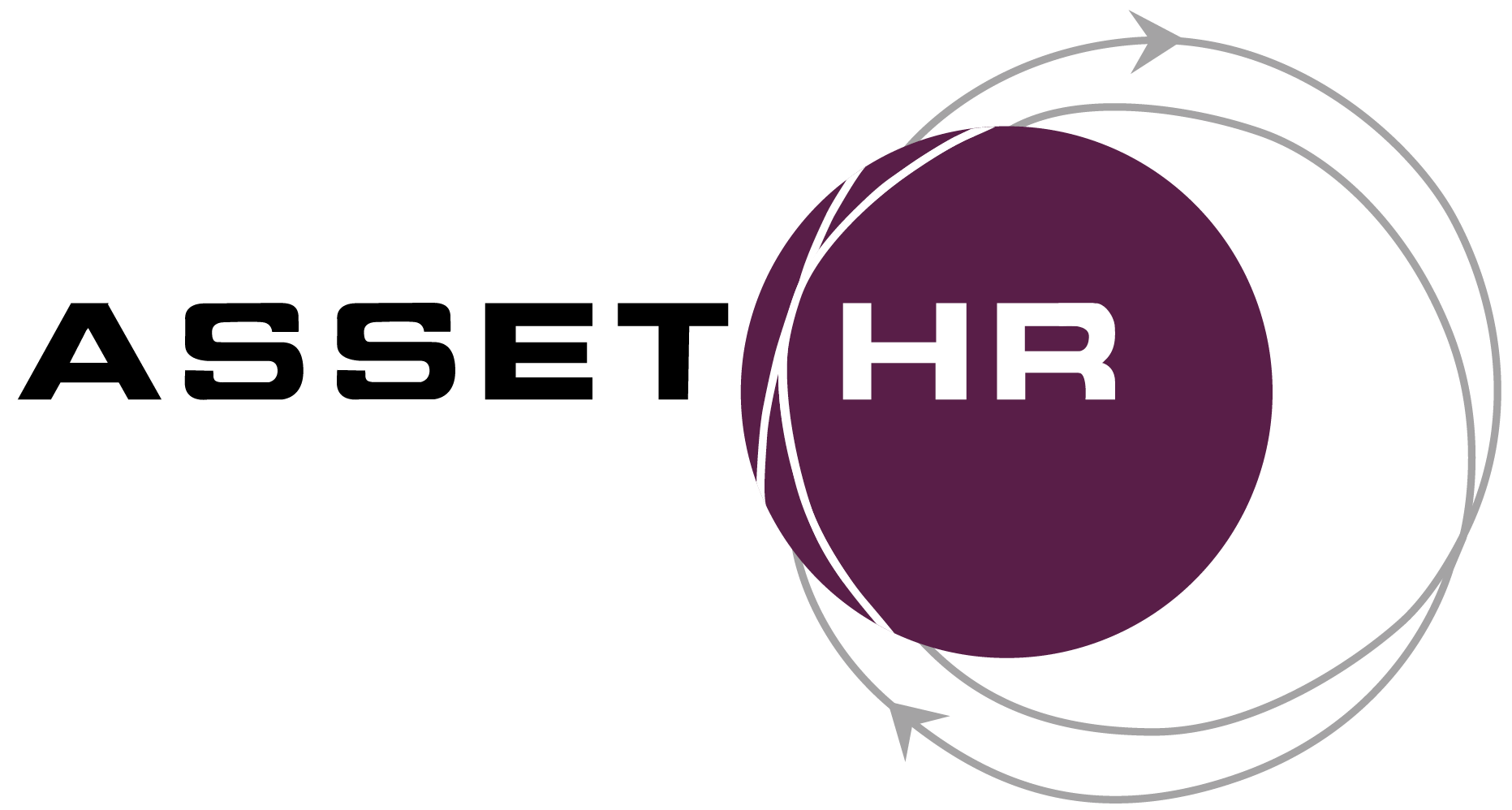Planning for the Future of Your Bank

Every industry has its unique challenges. The banking industry is no exception. Over the last two years, there have been many changes in the workplace environment, and those have directly affected your ability to hire and retain employees.
If you want to remain competitive, it’s time to evaluate your approach to human resource management.
Challenges in the Banking Industry
The banking industry faces unique challenges with its workforce. Hiring employees is more difficult and time-consuming, especially with pandemic-related changes. More people are working remotely than ever before, and the banking industry has been traditionally slow to change.
Competition for Talent
Competition for talent can be fierce. Other financial institutions are searching for employees from the same limited pool of applicants. Companies from other industries also recruit banking professionals to perform various duties.
To generate applications, your bank has to think outside of the box. Employees value fair pay, but they also look for flexibility in their schedules, opportunities for advancement, and an attractive benefits package. With the need to have sufficient staff during opening hours, flexibility can be limited.
Employee Retention Challenges
It’s increasingly difficult to keep health insurance affordable for your bank and its employees. Rising healthcare costs also contribute to the challenges of employee retention. Employees may seek jobs with better benefits even if they prefer your company culture and the work environment you provide.
Your employees have also had to face many new challenges within their role throughout the past two years. For example, they have to provide services to customers remotely where previously they provided assistance in person. They may be experiencing a heavier workload burden due to team members being out sick for extended periods of time. And they might be feeling overwhelmed if they are in a customer-facing role due to more confrontational behavior from consumers.
Develop Leaders and Engage Employees
Your employees are your company’s greatest assets. For employee retention, it’s important to focus on employee engagement and leadership development. The people who hold managerial positions often need to learn the skills to lead their teams in a way that encourages employee engagement.
You may also benefit from outsourcing your leadership roles, especially if you don’t have the time and resources to train your staff. All of your efforts to improve your workplace culture need to focus on developing the people you work with.
Focus on Long-Term People Development
With the present hiring and retention challenges, it makes sense to focus on the long-term development of your staff. Your employees are your greatest asset, but they’re also human – they need feel like a valued member of your company. Focus on building authentic relationships, give them opportunities for on-the-job training, and recognize their achievements regularly for best results.
Look for opportunities to bring new training and development initiatives within your business. Ask your employees what they’d most like to learn in professional development or on-the-job experiences. This can help you craft ongoing opportunities for growth with your existing workforce in a way that they truly value, increasing employee loyalty and retention rates.
Invest in AI and Automation
Your business operations involve many moving parts, but you don’t have to use employees for every task. Artificial intelligence and automation can streamline your processes. However, AI and automation are not a replacement for human involvement. Instead, they simplify tasks for your employees and increase productivity.
To identify areas that could benefit from automation, consider documenting how much your employees spend on different, repetitive tasks. For example, automatically recording attendance and managing employee time can streamline payroll with the right system in place.
Supplement Your Human Capital Needs with Remote Workers
You probably can’t meet all of your human capital requirements by hiring full- and part-time staff. To create a comprehensive human capital management strategy, consider investing in AI and automation and supplementing your workforce with fractional and freelance team members.
Many tasks required to run your business operations need to be done by people, but they don’t have to happen on your premises. Remote-friendly tasks include things that don’t involve direct customer interaction or collaboration with a team of your employees. For example, you can often fill HR, marketing, and sales roles with remote team members.
Hiring remote employees is just as challenging as hiring on-site staff. But if you’re open to fractional or freelance team members, you can fulfill your staffing needs more efficiently.
Take the Next Step
Rising above the challenges of hiring, retaining, and managing your staff can help your business flourish. While human capital management is evolving, there’s no reason why your company can’t evolve along with it. When you’re ready to create a comprehensive HCM strategy, AssetHR can help. Reach out to schedule some time to chat.
